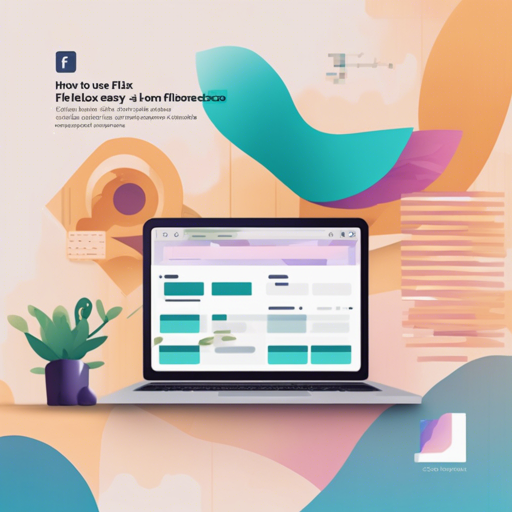The Flex Layout Attribute (FLA) is your go-to solution for simplifying CSS flexbox layouts with just two custom HTML attributes: layout and self. In this article, we will guide you through the basics of FLA, showcase an example, and discuss troubleshooting tips.
Getting Started with FLA
FLA allows you to create flexbox layouts quickly and efficiently. By using dedicated HTML attributes, you eliminate the need for repetitive CSS while maintaining semantic clarity in your documents. Here is a basic example:
<div layout=row center-center>
<div>1</div>
<div>2</div>
<div>3</div>
</div>Breaking it Down: An Analogy
Think of FLA as a recipe book for your kitchen (the layout of your webpage). Instead of writing down every single step of cooking (CSS), you can just reference your book where you have all the instructions. The layout attribute is like your main command in the cookbook (e.g., “make a salad”) and the self attribute can define specific ingredient preferences (like “add tomatoes” to your salad). This simplifies your process while providing you flexibility to create delicious dishes (layouts) effortlessly.
Benefits of Using FLA
- Dedicated HTML attribute: Keeps layout markup separated and syntax concise.
- Beyond grids: Allows for ratio relationships and size adjustments based on a scale.
- Rapid prototyping: Design directly in the browser with quick iterations; no need to write extensive CSS.
- Solid base: Easy to extend and customize for your specific needs.
Quick Start with FLA
Getting started with FLA is straightforward. Just follow these easy steps:
- Download the latest release.
- Clone the repository:
git clone https://github.com/StefanKovac/flex-layout-attribute.git - Install with npm:
npm install flex-layout-attribute
Usage Steps
Follow these steps to implement FLA in your project:
- Insert the stylesheet in your document’s HEAD section:
<link href="path/to/css/flex-layout-attribute.min.css" rel="stylesheet"> - Add the layout attribute to your HTML elements like so:
<div layout=row center-justify>...</div>
Development with FLA
If you’re interested in developing or contributing to FLA, follow these steps:
- Clone the repository:
git clone https://github.com/StefanKovac/flex-layout-attribute.git - Install the dependencies:
npm run setup - Build FLA using:
gulp - Optionally, set up a watcher with:
gulp watch
Troubleshooting Tips
If you encounter any issues while using FLA, consider the following troubleshooting ideas:
- Ensure you have linked the CSS file correctly in the HEAD section of your HTML document.
- Check for typos in the layout attribute and ensure you’re using valid values.
- Try clearing your browser cache to ensure the latest styles are applied.
For more insights, updates, or to collaborate on AI development projects, stay connected with fxis.ai.
Conclusion
By leveraging the Flex Layout Attribute, you can streamline the process of creating flexbox layouts and focus on the creative aspects of web design. At fxis.ai, we believe that such advancements are crucial for the future of AI, as they enable more comprehensive and effective solutions. Our team is continually exploring new methodologies to push the envelope in artificial intelligence, ensuring that our clients benefit from the latest technological innovations.
Further Exploration
For additional resources, consider checking the interactive demo, where you can see these styles in action!

